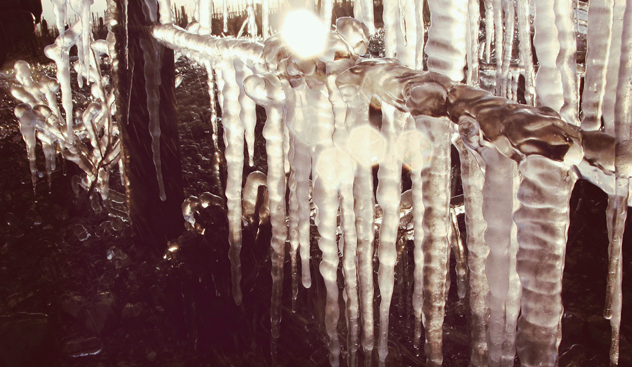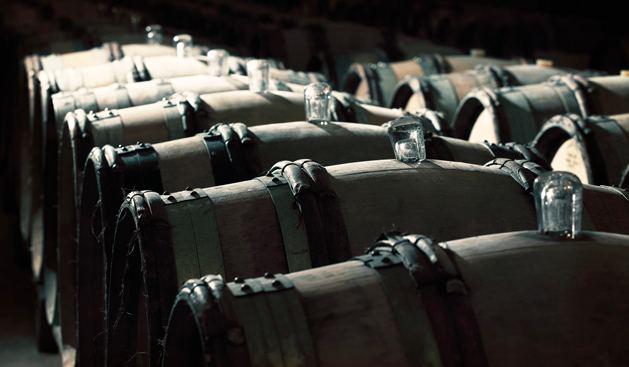

William Fevre is one of my favorite wine producers.
Didier Seguier of William Fevre is one of the extraordinary winemakers in Chablis. His wine is known as "a classic" and a “go to” not only in the Chablis category, but also as a wine that is famous for its ability to combine with a multitude of foods, especially oysters. I am proud to publish this piece about Didier on the Go-Wine.com informational platform.  Image Credit: WilliamFevre.fr
Image Credit: WilliamFevre.fr
Monsieur Seguier was kind enough to be interviewed by me, not only about the area of Chablis, but also on the important information regarding the 2017 vintage. I have never been to the Chablis area (shame on me), but I have visited Burgundy from Leon to Beaujolais, and south to Avignon. I am familiar with the beautiful Kimmeridgian limestone soils and the delicacy they bring to the wines.
This article reflects the growing area, the vintage, key places to visit, and the surroundings. Thank you M. Seguir.
LM: What is special to you about the Chablis wine region? Why do you prefer this particular region out of all the other regions?
DS: Chablis is unique for many reasons…
LM: Does William Fevre source any of their grapes?
DS: We source 78 ha of our grapes. 15 ha are from Grand Cru sites and 16 ha are from Premier Cru sites.
LM: What makes your vineyard sites special compared to other vineyards?
DS: It is a unique Domaine to Chablis and Burgundy. We have the most important ownership of Grand & 1er Crus. William Fevre was a visionary, the Domaine was founded in the 1950’s.
DM: What was it about the William Fevre brand that compelled you to work for them?
DS: I was born in Cognac, and grew up in Bordeaux. After my studies, I started my career in 1992 at Bouchard Pere-et-Fils with Joseph Henriot. When he purchased William Fevre in 1998 he proposed I take responsibility of Domaine William Fevre.
LM: What can you tell me about the 2017 growing season?
DS: 2017 was a challenge. 2017 started poorly with a long frost period in the month of April. The frost destroyed part of the buds. The season went well after that. The flowering occurred in early summer between the end of May and the first part of June.
The summer was a huge challenge. It was necessary to restore the vineyards.
LM: Are your vineyards organic?
DS: Our vineyards were certified organic in 2006 and our Grand Cru vineyards were certified biodynamic in 2010.
LM: What can you tell me about the characteristics about the 2017 vintage, and how does it compare to other vintages?
DS: The crop was low (30 to 40 hl/ha) but very good quality. Its characteristics resemble the tipicity of the best classic vintages like 2008, 2010, and 2014.
The wines are maturating beautifully, and excellent acidity. 
As of the writing of this article, the alcoholic fermentation is finished. The wines have a lot of fruit and purity.
LM: Where are your favorite places to dine in the region for breakfast, lunch and dinner?
DS: In Chablis for lunch, I recommend Le Bistrot de Grand Crus which is located at Domaine William Fevre. They make simple & typical cuisine with fresh products & ingredients.
There is also 3 Bourgeons, it’s a new restaurant that opened in the spring. The Chefs are Japanese but the cuisine is French.
In the evening, I recommend 2 gastronomic restaurants (equivalent to 1 star Michelin)
L’hostellerie des Clos and Le Fil du Zinc.
LM: Please provide your favorite food and wine combination with William Fevre Chablis (your choice on the particular wine), and possibly a recipe either from your family, or one from the winery?
DS: The best pairing is seafood: Oysters, Crustaceans, and fish…There is another good pairing, a speciality of the region. It is the Chablisienne Ham.
LM: What are places of interest in the region for tourists to visit?
DS: The patrimony of the region is important. Here some exceptional places to visit:
